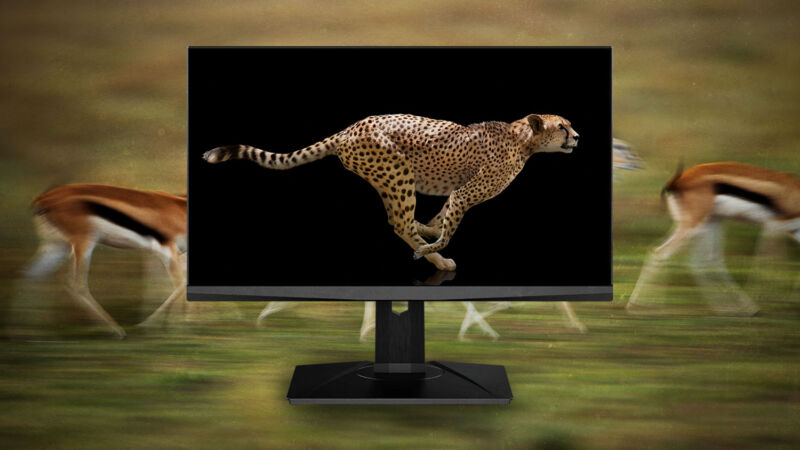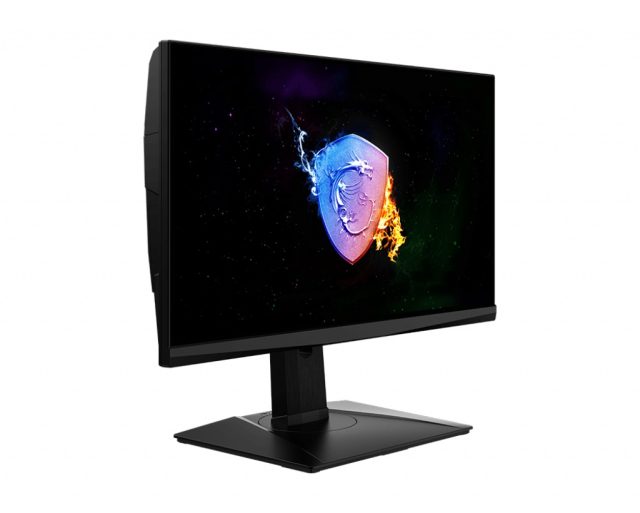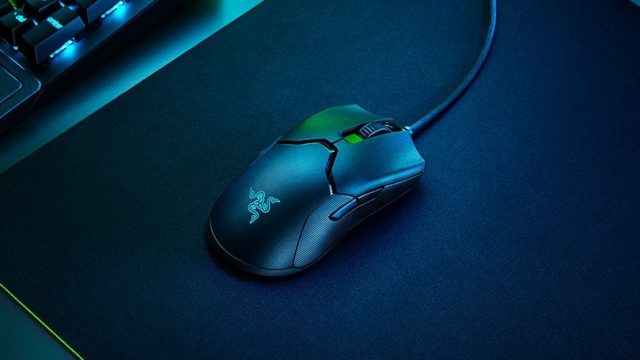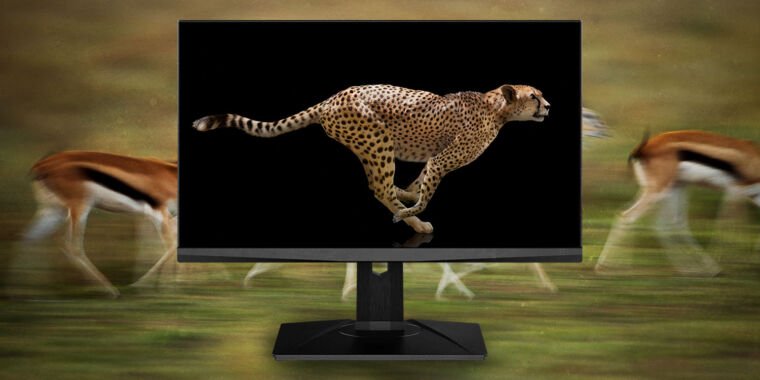From 360 Hz monitors to 8,000 Hz keyboards, 2021 was the year of the hertz
[ad_1]

Aurich Lawson | Getty Images | MSI
When tech gets stale, one thing the industry does to try to get shoppers excited about new products is offer bigger and better specs. In 2021, a lot of focus went into beefing up the speed specs, measured in hertz, of PC peripherals (a hertz, or Hz, is a unit of frequency representing one cycle per second). We saw vendors increase the polling and refresh rates of everyday devices, turning them into advanced pieces of equipment to pique enthusiast interest.
Here’s how it all went down.
First, the monitors
2021 was the year of the hertz, but in order to get there, we have to go back to 2020, when the world was introduced to 360 Hz monitors.
Monitors may be the most sensible place to see boosted hertz figures, assuming you’re the right audience. For hardcore gamers with the right gear, higher hertz specs mean smoother motion with less choppiness. And if you had a computer that could push out 360 frames per second in certain games, you could finally get a display that could keep up. The best example I can recall of a 360 Hz monitor showing added benefit over slower gaming monitors was when I watched rapidly scrolling text on one. The words were much more legible on the 360 Hz monitor than on a 144 Hz panel, where the characters were more blurred.
For a while, 144 Hz was the gold standard for PC gamers wanting to be taken more seriously. Then we started seeing 240 Hz monitors. In late 2020, monitors with 360 Hz refresh rates, like the Asus ROG Swift 360Hz PG259QN and Acer Predator X25, became available. Today, there are five 360 Hz monitors available. The Alienware AW2521H, MSI Oculux NXG253R, and another Asus SKU with additional accessories and software round out the list.

This trend continued to have an impact into 2021. Not just because we saw the addition of MSI’s 360 Hz monitor, but also because these gaming monitors raised the bar for extreme PC gamers. If you have a powerful PC and a speedy monitor, surely your other gaming gear needs to keep pace, right? The availability of 360 Hz monitors fed that narrative and cleared the way for other tech gear boasting outrageously high Hz figures.
8,000 Hz mice
2021 saw an unprecedented peripheral when Razer released the Viper 8K Hz.

On the outside, it looked like a regular mouse. In fact, it looked like a Razer Viper, a popular gaming mouse from the company. But the difference was on the inside. The mouse can use an 8,000 Hz polling rate, which is at least eight times faster than almost every other mouse available.
What does that mean, exactly? Mice generally have a 1,000 Hz polling rate. We had seen 2,000 Hz mice before. A 1,000 Hz polling rate means the mouse can send a location report to the PC up to 1,000 times per second. Razer’s Viper 8K Hz was the first to do it at 8,000 times per second.
A mouse with a 1,000 Hz polling rate has an expected 1 ms delay for the mouse to send each report. One second divided by 1,000 reports is 0.001 second, or 1 ms, per report. With an 8,000 Hz mouse, the delay time is 0.125 ms (1 second divided by 8,000 reports, or 0.000125 second).
For most people, 8,000 Hz mice are completely unnecessary. But enthusiast publications, like display site Blur Busters, have pointed to elevated micro-stuttering with 1,000 Hz mice as refresh rates hit 120 Hz and higher.
Razer’s mouse came with some prerequisites, including minimum CPU and GPU specs. It also required a monitor with Adaptive-Sync off (which also has implications for how strong of a graphics card you’ll need) and at least a 144 Hz refresh rate.
With all the right equipment, gamers could now enjoy 360 fps alongside a mouse updating the PC eight times as frequently as the vast majority of mice. I tested the Viper 8K Hz with a 300 Hz screen, 10th Gen Intel Core i7, and Nvidia RTX 2070 Super Max-Q. Those parts aren’t the latest and greatest, so it’s possible I could have seen more impressive results with a more powerful build, but the Viper 8K Hz didn’t make me a better gamer. It did, however, seem to result in my display updating my cursor’s location more frequently. Trails of arrows formed when I made swiping movements, and circles made pointers appear more close together than what I’m used to.
[ad_2]
Source link




